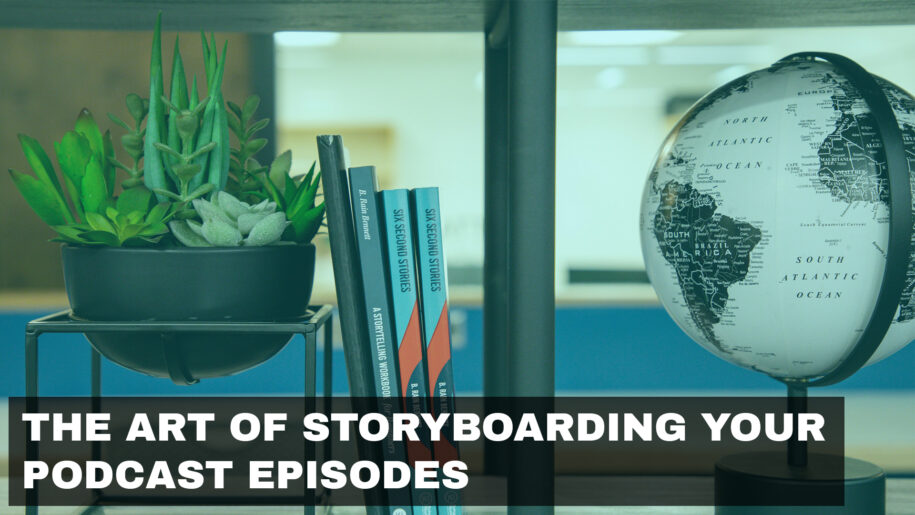Creating a successful podcast involves more than just recording and uploading episodes. One of the most crucial steps in podcast production is storyboarding. This process helps you organize your ideas, plan your content, and ensure a coherent flow in each episode. Here’s how to master the art of storyboarding your podcast episodes.
1. Understand the Importance of Storyboarding
Storyboarding isn’t just for filmmakers; it’s a valuable tool for podcasters too. It helps you visualize your episode structure, plan your narrative, and keep your audience engaged.
Key Benefits:
- Clarity and Focus: Ensures your content is organized and stays on topic.
- Engagement: Helps create a compelling narrative that keeps listeners hooked.
- Efficiency: Saves time during recording and editing by providing a clear roadmap.
2. Define Your Episode Goals
Before you start storyboarding, define the goals of your episode. Knowing what you want to achieve helps guide the content and structure of your episode.
Key Steps:
- Identify the main topic or theme of the episode.
- Determine the key message or takeaway for your audience.
- Decide on the tone and style (informative, entertaining, inspirational, etc.).
3. Outline Your Episode Structure
A well-structured episode keeps your audience engaged from start to finish. Break down your episode into segments and plan the flow of content.
Key Segments:
- Introduction: Hook your listeners with an engaging opening. Introduce the topic and set the tone.
- Main Content: Divide the main topic into subtopics or sections. Each segment should flow logically into the next.
- Interviews/Guest Segments: Plan questions and key discussion points if you have guests.
- Conclusion: Summarize key points, provide a call to action, and tease the next episode.
4. Create a Visual Storyboard
A visual storyboard helps you see the entire episode at a glance. Use tools like Trello, Milanote, or even a whiteboard to map out your episode visually.
Key Steps:
- Scene Cards: Create cards for each segment or scene. Include brief descriptions and key points.
- Flow Chart: Arrange the cards in a logical order to visualize the episode flow.
- Notes and Details: Add notes, sound effects, music cues, and other details to each card.
5. Develop Detailed Scripts or Bullet Points
Depending on your podcast style, you may prefer detailed scripts or bullet points. Scripts ensure you cover all points, while bullet points allow more flexibility.
Key Steps:
- Write a script or bullet points for each segment.
- Include transitions between segments to maintain a smooth flow.
- Add prompts for sound effects, music, and any other audio elements.
6. Incorporate Audio Elements
Audio elements like music, sound effects, and transitions enhance the listening experience. Plan these elements during the storyboarding process.
Key Steps:
- Choose background music that fits the episode’s tone.
- Plan where to insert sound effects for emphasis or entertainment.
- Use transitions to signal changes in segments or topics.
7. Review and Refine
Once your storyboard is complete, review it for coherence and flow. Make sure each segment contributes to the overall goal of the episode.
Key Steps:
- Read through the storyboard and make adjustments as needed.
- Ensure a logical progression from the introduction to the conclusion.
- Seek feedback from co-hosts or collaborators.
Mastering the art of storyboarding your podcast episodes can significantly enhance the quality and consistency of your content. By planning your episodes thoroughly, you ensure that each one is engaging, coherent, and valuable to your listeners.


